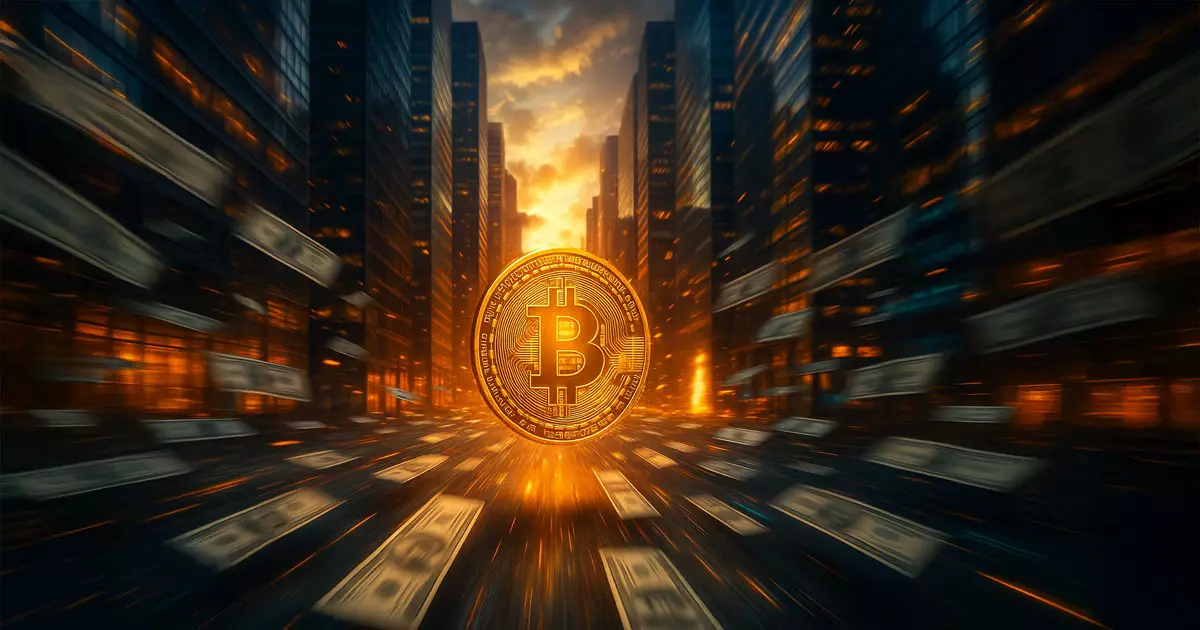The crypto world, particularly the realm of Bitcoin, is in a state of profound metamorphosis. Recent analytics reveal a startling decline in Bitcoin inflows to Binance, now averaging a mere 5,700 BTC per month – a staggering drop from the 12,000 BTC average witnessed since the onset of 2020. This shift is not just a statistical blip; it encapsulates the current zeitgeist surrounding cryptocurrency trading and market behavior. Amid fluctuating market dynamics, such data draws an alarming picture that requires extensive scrutiny.
The Impact of Emotional Trading
As highlighted by noteworthy analysts like CryptoQuant’s Darkfost, Bitcoin inflow surges historically align with price peaks, showcasing the emotional underpinnings of trading behavior. For example, last year, during Bitcoin’s tumultuous rise to $69,000 and its dizzying ascent beyond $100,000 earlier this year, spikes in inflows were prominent. What’s more alarming is how this recent decline in inflows aligns with a stable price exceeding $105,000. Does this suggest that investors are becoming more cautious, opting to hold rather than sell in anticipation of fluctuations? In my view, this behavior could signify a healthier market culture driven by long-term investments rather than quick profit-taking schemes.
Binance: The Heart of Volatility
Binance has established itself as the significant player within centralized exchange ecosystems, capturing 37% of the market’s trading volume this year alone, according to The Block. This dominance renders its deposit patterns a crucial barometer for understanding the general market sentiment. A lower number of incoming BTC means less immediate sell pressure, paving the way for upward price movements if demand sustains. It’s worth pondering whether retail traders and institutional players are grooming their strategies around this reduced inflow metric or whether they are simply standing firm, holding their ground against market uncertainty.
The Downside Risks of Holding
However, the “holding phase” predicted by Darkfost has its complications. Holding back from selling, particularly in a climate thick with macroeconomic uncertainty, can create a precarious situation where any sudden market shocks will lead to significant volatility. As price stability is suddenly disrupted, a rush of selling could ensue, moving in stark contrast to the current holdback behavior. The juxtaposition of present stability against potential turbulence showcases the thin line Bitcoin investors are walking—one that speaks volumes about human psychology in trading.
The Future: A Cautionary Outlook
Tracking inflows, as Darkfost has emphasized, may serve as a warning bell if deposits venture toward or exceed the long-term average of 12,000 BTC. A surge in influx would likely signal renewed distribution and market volatility. In my opinion, this calls for heightened vigilance among traders. The suspension between the impulsive thrill of trading and the necessity for caution underscores a critical lesson: individual choices have a cascading effect in the crypto market, making it imperative for investors to adopt a more conservative approach amid an environment rife with unpredictability.
This transformation in trading behavior, coupled with ever-evolving market dynamics, paints a nuanced picture of the future of Bitcoin. The lesson here is clear: stay alert.


Leave a Reply